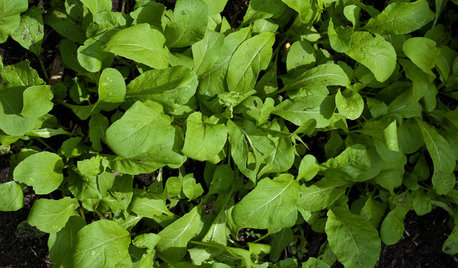Color dominance of Dolichos lablab (Hyacinth/Lablab bean)
bobbi_p
18 years ago
Related Stories

COOL-SEASON CROPSCool-Season Vegetables: How to Grow Salad Greens
From arugula to radicchio, greens have taken a top spot on the table and in fall and winter gardens. See how to start growing them now
Full Story





geoforce
keking
Related Professionals
Benbrook Landscape Architects & Landscape Designers · Huntley Landscape Contractors · Little Ferry Landscape Contractors · Mount Kisco Landscape Contractors · Mount Sinai Landscape Contractors · Pacifica Landscape Contractors · Rio Linda Landscape Contractors · Salmon Creek Landscape Contractors · Santa Ana Landscape Contractors · South Lake Tahoe Landscape Contractors · Wayland Landscape Contractors · Maplewood Landscape Contractors · Carol Stream Carpenters · Whitney Carpenters · Ponte Vedra Beach Fence Contractorsadmmad